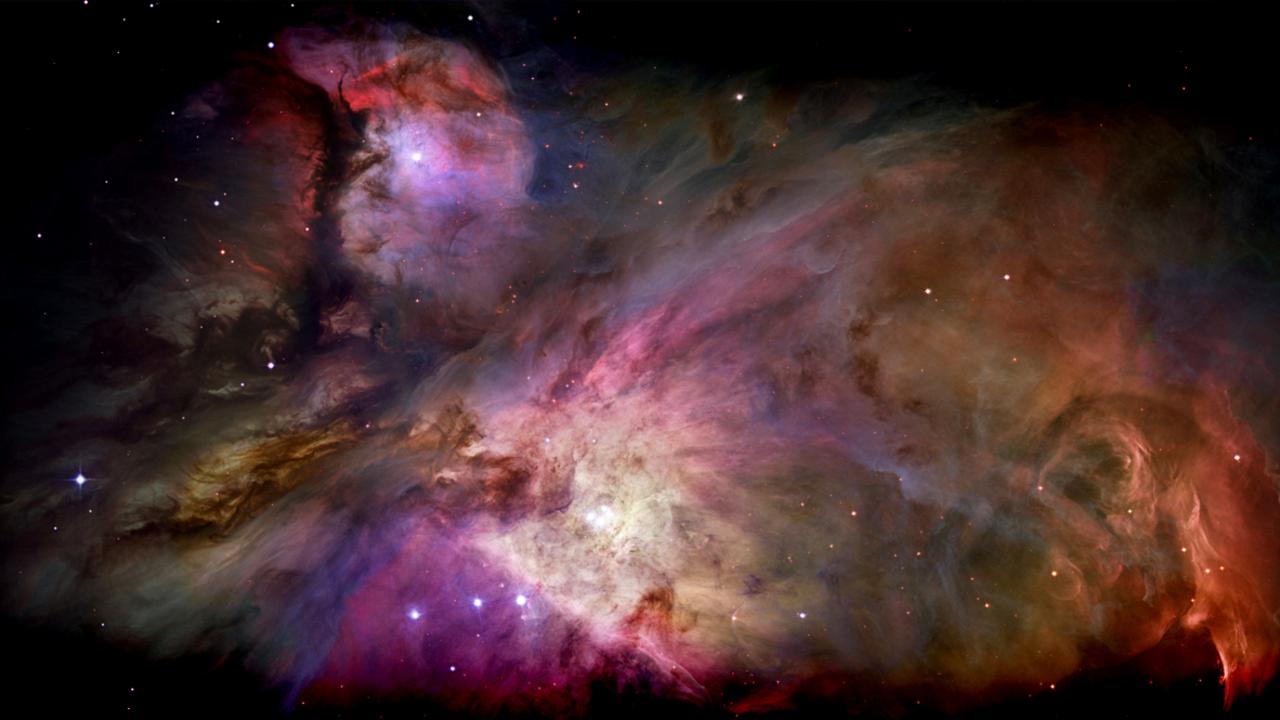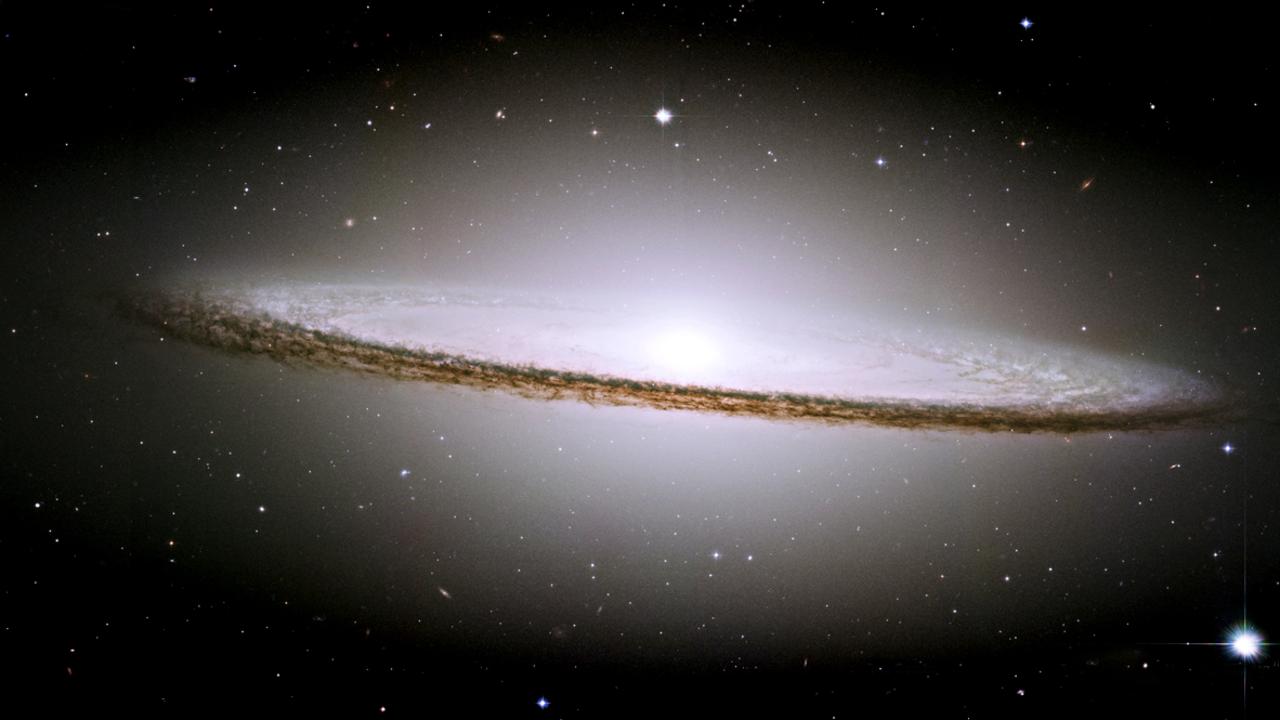THE Hubble Space Telescope has been taking unforgettable pictures of the most far flung and freaky corners of the universe for 25 years.
Carried by the Shuttle Discovery, Hubble was launched on April 24, 1990 and deployed the following day.
Two months later, after analysing the telescope’s first pictures, astronomers discovered that the telescope had “blurred vision,” caused by a tiny distortion in the 2.4-meter primary mirror.
The problem was eventually fixed and by 1993, Hubble was beginning to send back images of the universe we had never seen before.
Hubble’s orbit outside the distortion of Earth’s atmosphere allows it to take extremely high-resolution images with negligible background light. Hubble has recorded some of the most detailed visible-light images ever, allowing a deep view into space and time.
Another observation, called the Hubble Deep Field, allows astronomers to see to the edge of the universe.

The telescope has generated a steady stream of discoveries, ranging from a more precise determination of the age of the universe — 13.7 billion years — to confirmation of the existence of supermassive black holes.
In recent years, Hubble’s razor-sharp vision has played a key role in the ongoing effort to probe the nature of dark energy, capturing the light from ancient supernovas to chart the accelerating expansion of the cosmos.
The telescope is still operating, and may last until 2020. Its scientific successor, the James Webb Space Telescope (JWST), is scheduled for launch in 2018.

Orion Nebula


Here’s what you can expect with tomorrow’s Parramatta weather
As summer moves towards autumn what can locals expect tomorrow? We have the latest word from the Weather Bureau.
Here’s what you can expect with tomorrow’s Parramatta weather
As summer moves towards autumn what can locals expect tomorrow? We have the latest word from the Weather Bureau.